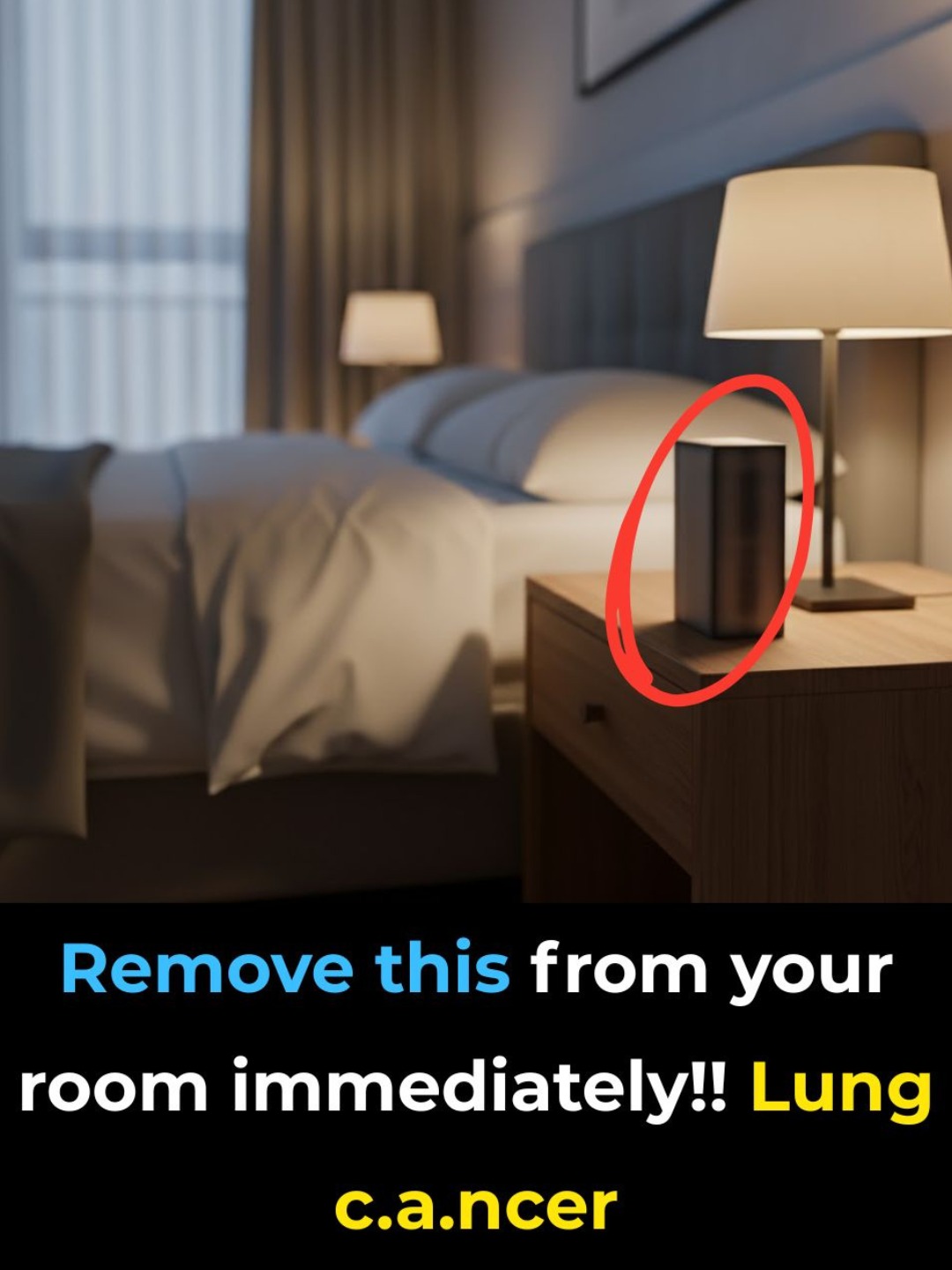We spend up to 90% of our lives indoors — breathing the same air in our homes, offices, and schools.
But here’s the hidden truth:
That air isn’t always clean.
Everyday items like cleaning sprays, scented candles, and even new furniture quietly release invisible pollutants — including Volatile Organic Compounds (VOCs), fine particles, and allergens — that can irritate your lungs, trigger asthma, and over time, impact long-term respiratory health.
The good news?
You don’t need to throw everything out.
With a few smart swaps and safer habits, you can dramatically improve your indoor air quality — without sacrificing comfort or convenience.
Let’s explore 6 common household items that affect your lungs, what they release, and how to use them — or replace them — the safe way. 💛
🔍 Why Indoor Air Quality Matters
Your lungs react to everything you breathe — even odorless, invisible chemicals.
Common indoor air concerns:
Common indoor air concerns:
VOCs – Gases from paints, cleaners, adhesives, and air fresheners
Fine Particulates (PM2.5) – Tiny particles from candles, cooking, and fireplaces
Formaldehyde – Off-gassed by pressed wood, insulation, and fabrics
Phthalates & synthetic fragrances – Found in air fresheners and personal care products
Mold spores & dust mites – Thrive in humid environments
Long-term exposure has been linked to:
Asthma & allergies
Headaches & fatigue
Respiratory infections
Long-term lung damage (especially in children and older adults)
But knowledge is power.
Here are 6 everyday items to watch — and how to protect yourself.
🚫 6 Household Items That May Harm Your Lungs (And Safer Alternatives)
1. Synthetic Air Fresheners & Plug-Ins
❌ What They Release:
Phthalates (hormone disruptors)
Formaldehyde
Terpenes (react with ozone to form formaldehyde and ultrafine particles)
🧠 Health Impact:
Can worsen asthma, cause headaches, and irritate nasal passages.
✅ Use Safely:
Avoid in bedrooms and nurseries
Never use near infants or people with respiratory conditions
Open windows after use
🌿 Better Alternatives:
Simmer citrus peels + cinnamon sticks in water
Essential oil diffusers (use sparingly, never heat undiluted oils)
Houseplants like peace lily or spider plant (natural air purifiers)
2. Aerosol Cleaners & Sprays
❌ What They Release:
VOCs (like ammonia, bleach fumes, ethanol)
Micro-droplets that linger in the air and enter deep into lungs
🧠 Health Impact:
Linked to chronic bronchitis and reduced lung function in frequent users (e.g., professional cleaners).
✅ Use Safely:
Wear gloves and a mask if using strong cleaners
Spray onto a cloth — not directly into the air
Ventilate well — open windows and use fans
🌿 Better Alternatives:
DIY cleaners: vinegar + water, baking soda + lemon juice
Concentrated plant-based cleaners (dilute as needed)
Microfiber cloths + steam mops (water only!)
3. Scented Candles & Incense
❌ What They Release:
Benzene, toluene, soot (PM2.5) — especially paraffin wax candles
Soot deposits on walls and lungs
🧠 Health Impact:
Increases risk of respiratory irritation, especially in kids and those with asthma.
✅ Use Safely:
Burn for short periods only
Keep wicks trimmed to reduce smoke
Never leave unattended
🌿 Better Alternatives:
Beeswax or soy candles (cleaner burn)
LED flameless candles (safe & reusable)
Essential oil room sprays (alcohol-free, lightly misted)
4. New Furniture & Carpets (Off-Gassing)
❌ What They Release:
Formaldehyde (from glues in particleboard)
Flame retardants
Styrene & benzene (from carpet backing)
🧠 Health Impact:
“New smell” = off-gassing VOCs; can cause eye/nose/throat irritation and long-term exposure risks.
✅ Use Safely:
Air out new furniture in a garage or sunroom for 1–2 weeks before bringing inside
Choose low-VOC or FSC-certified wood products
Look for Greenguard Gold or Oeko-Tex certified fabrics
🌿 Better Alternatives:
Solid wood furniture
Natural fiber rugs (wool, cotton, jute)
Washable cotton or linen curtains
5. Nonstick Cookware (When Overheated)
❌ What It Releases:
Toxic fumes when heated above 500°F (260°C) — including PFOA/PFAS “forever chemicals”
🧠 Health Impact:
Can cause “polymer fume fever” — flu-like symptoms in humans and fatal to birds.
✅ Use Safely:
Never preheat an empty pan
Cook on low-medium heat
Replace scratched or peeling pans immediately
🌿 Better Alternatives:
Cast iron
Stainless steel
Ceramic-coated pans (check for PTFE-free)
6. Humidifiers (If Not Cleaned)
❌ What They Release:
Mold spores, bacteria, white dust (if using tap water in ultrasonic models)
🧠 Health Impact:
“Dirty humidifier lung” — a real condition causing cough, wheezing, and hypersensitivity pneumonitis.
✅ Use Safely:
Use distilled or demineralized water
Clean tank daily, disinfect weekly with vinegar
Don’t run constantly — aim for 30–50% humidity
🌿 Better Alternatives:
Evaporative humidifiers (less likely to aerosolize contaminants)
Boiling kettles (temporary moisture boost)
Houseplants (natural humidity regulators)
✅ Quick Tips to Improve Indoor Air Quality
Open windows daily
Flushes out stale air and VOCs
Use exhaust fans
Removes moisture and cooking fumes
Dust with damp cloths
Traps dust instead of sending it airborne
Wash bedding weekly
Reduces dust mites and allergens
Invest in an air purifier
HEPA filter removes particles; carbon filter absorbs VOCs
Keep shoes at the door
Stops tracking in pesticides and pollutants
❤️ Final Thought: Safety Isn’t About Fear — It’s About Informed Choice
You don’t need perfection to make a difference.
Just awareness.
And small, consistent actions.
Because the places where you live, breathe, and heal should support your health — not silently undermine it.
So next time you reach for that spray bottle or light a candle…
Pause.
Ask: “Is this helping my home — or harming my lungs?”
Then choose wisely.
Because clean air isn’t a luxury.
It’s a right — and it starts right where you are. 💙
ADVERTISEMENT

